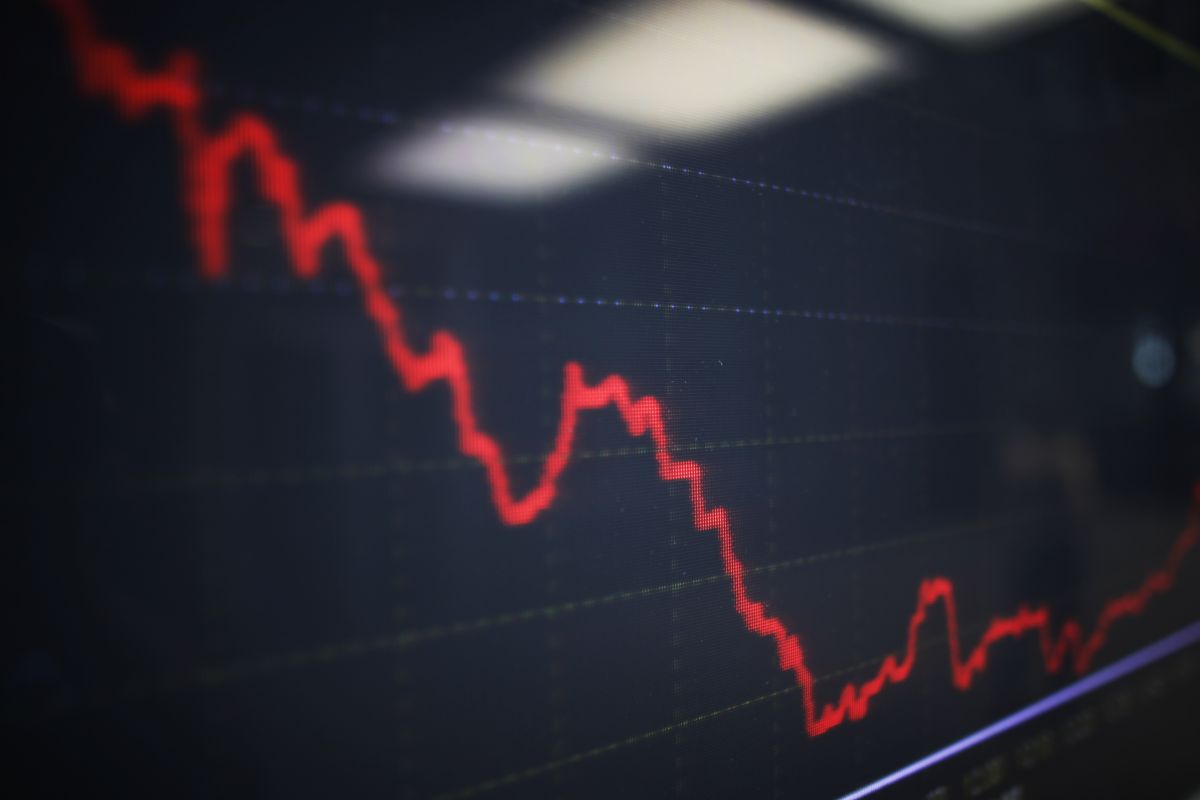Which segment is at risk of a new collapse: economic risk factors
With the beginning of the pandemic, stock markets are feverish. Only the situation with oil has stabilized, as analysts promise a new collapse. Now everybody is waiting for the fall of quotations in the real estate market. According to forecasts from the U.S. Federal Reserve system, commercial objects will suffer the most. This situation is quite natural – for a long time prices in the segment were artificially inflated, and as a result of the crisis the volatility is obvious.
The Fed has recently submitted a report with financial indicators. According to its results, there is also a risk of securities value reduction. Moreover, quotations in this market are increasing, but this is not a guarantee that the situation will stabilize in the near future. The fact is that the positive dynamics of recent weeks is the merit of the regulators that support the market.
The value of assets is still vulnerable, as the world is only recovering from the pandemic and there is a tangible economic downturn. Fluctuations could lead to problems in the financial system, which was already quite fragile.
According to analysts of the Federal Reserve, special attention should be paid to the segment of commercial real estate. Before the crisis, the cost per square meter here was overvalued, and as a result of falling business activity prices for objects fell.
During the crisis, there are serious financial losses, which are especially tangible for banks. As early as at the beginning of this year, the amount of companies’ debt to GDP was at a record high level, and the level of lending was the highest among risky enterprises. The crisis led to a decrease in the income of business representatives, as well as reduced economic activity in general. As a result, many companies were unable to meet their debt obligations and financial institutions suffered losses.

Households, whose debts before the crisis were relatively low, were also affected. With the onset of the pandemic, citizens’ financial problems worsened and some families were unable to pay their loans.
In order to stabilize the situation, the Government has introduced various activities that are yielding results. In addition, the Federal Reserve monitors market dynamics in order to respond in time to problems with the solvency of the population and business.
The 2008-2009 crisis was a serious blow to the US economy. Following the crisis, reforms were introduced to increase the resilience of the financial market to shocks, but the segment still has vulnerable sectors where risk has increased in the current period. Stock markets are already gradually recovering, but remain fragile.
The Federal Reserve had to revise its base rate to almost zero. To minimize losses, it had to buy securities on the market for a total of $2 trillion. Besides, various programs were introduced to help business and population.










